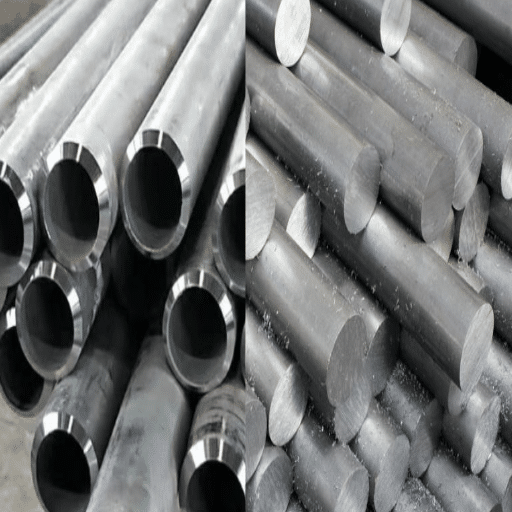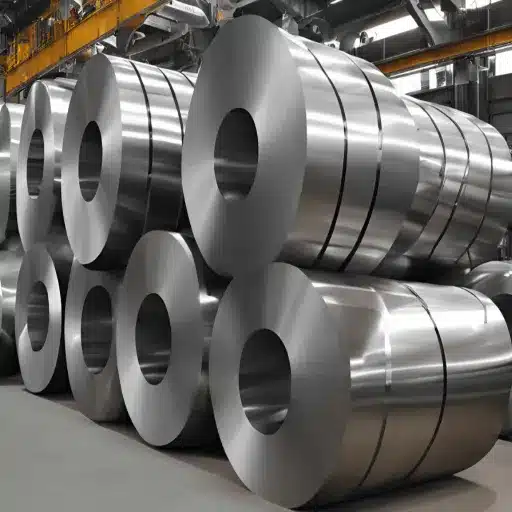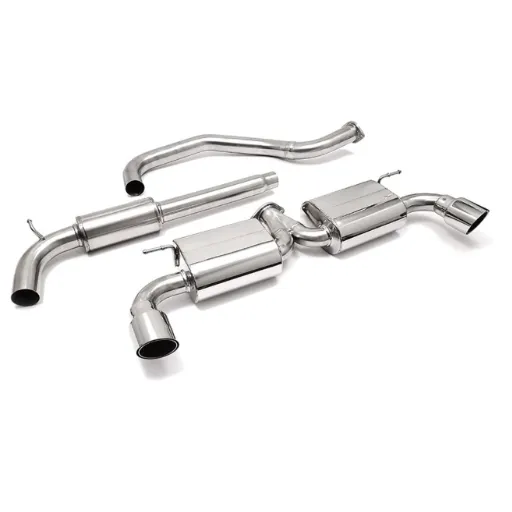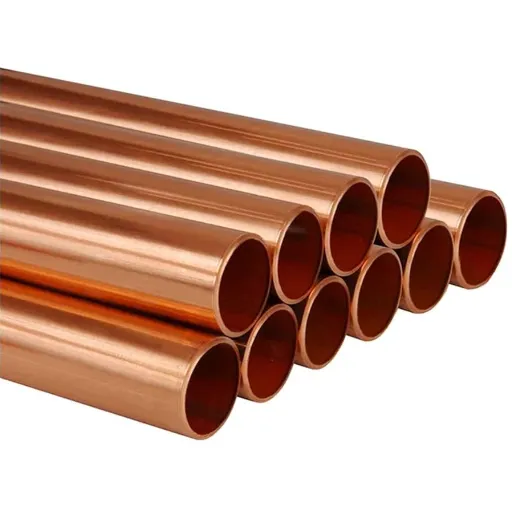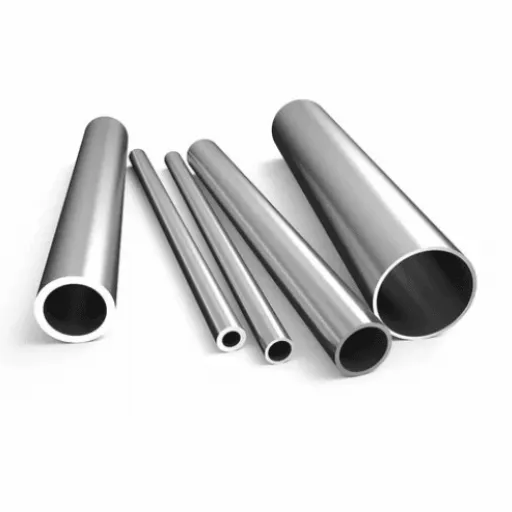When it comes to stainless steel, not all grades are created equal. Among the vast array of options, 304 and 316 stainless steel stand out as two of the most commonly used and versatile alloys in a wide range of industries. But what exactly sets them apart? Whether you’re selecting materials for manufacturing, construction, or specialized applications, understanding the distinctions between 304 and 316 stainless steel is paramount to making informed decisions. This article will guide you through the key differences, properties, and performance factors of these two alloys, empowering you to choose the right material for your specific needs.
What is 316 Stainless Steel?
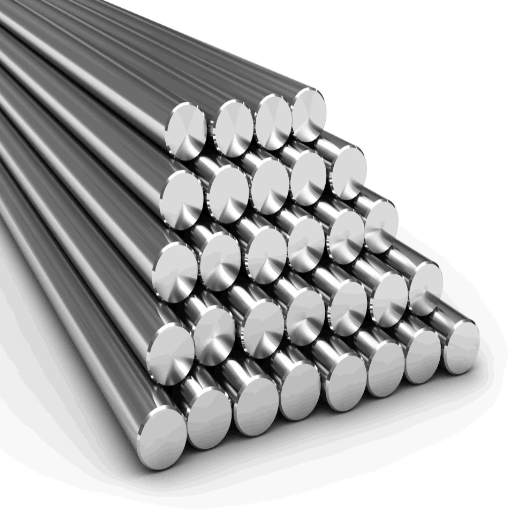
Understanding the Chemical Composition
316 stainless steel is an austenitic alloy mainly consisting of iron along with chromium, nickel, and molybdenum. Molybdenum’s addition, in particular, differentiates 316 from 304 stainless steel, improving resistance to corrosion and performance in chloride or other chemically adverse environments. Its chemical composition contains 16-18% chromium, 10-14% nickel, and 2-3% molybdenum with trace amounts of manganese, silicon, and carbon.
316 stainless steel is used especially in marine applications because of its higher pitting and crevice corrosion resistance from molybdenum additions. Even in some industrial medical applications, 316 stainless steel is more saltwater resistant than other alloys and is preferred. Reliable conditions, because of its superior durability, ensure fierce applications.
Moreover, 316 stainless steel has different yielding mechanisms at slightly elevated and reduced temperatures and, thus, incredibly high ductility and tensile strength. It is stable under variations of chemicals and temperatures, which guarantees levels of mechanical stress. Low and high operational temperatures and pressures guarantee no performance decrement.
Benefits of 316 Stainless Steel
316 stainless steel has several key advantages that make it a preferred material throughout different industries. One of its primary benefits is its exceptional corrosion resistance, especially with halides and acidic environments. This is due to its greater molybdenum content than 304 stainless steel, making it useful in chemical processing or marine applications where exposure to corrosive elements is common.
Furthermore, 316 stainless steel is remarkable in retaining mechanical strength and durability under harsh conditions. Its robustness allows stainless steel to perform at extreme temperatures, in cryogenic conditions, and under thermal stress, without losing structural integrity. This versatility makes it suitable for industrial equipment and food processing, and even medical instruments, where strength, sterility, and uncontaminated environments are critical.
Its enhanced composition notwithstanding, 316 stainless steel provides ease of fabrication and weldability, which is another significant advantage. Such properties, when coupled with low maintenance and long service life, make it cost-effective while ensuring superior performance in operational settings where durability and reliability are essential.
Applications and Marine Environments Suitability
316 stainless steel is especially appropriate for use in marine applications because of its exceptional corrosion resistance. Its high molybdenum content further strengthens its resistance to chloride pitting and crevice corrosion, which is ideal in places exposed to seawater or salt-laden air. These factors allow it to withstand harsh environments over long periods.
Marine applications include ship fittings, coastal and offshore infrastructure, and many other structural components. These components, together with pumps, valves, and heat exchangers, are critical as they come into contact with seawater and need corrosion-resistant materials for reliable performance.
Aside from marine applications, 316 stainless steel is prevalent in chemical processing, food and beverage manufacturing, and pharmaceutical industries. The material’s high corrosion resistance, ease of maintenance, and strength provide these industries with reliability over an extended service life amidst harsh conditions. Its diverse applications make 316 stainless steel a suitable and economical choice for many industries.
What is 304 Stainless Steel?
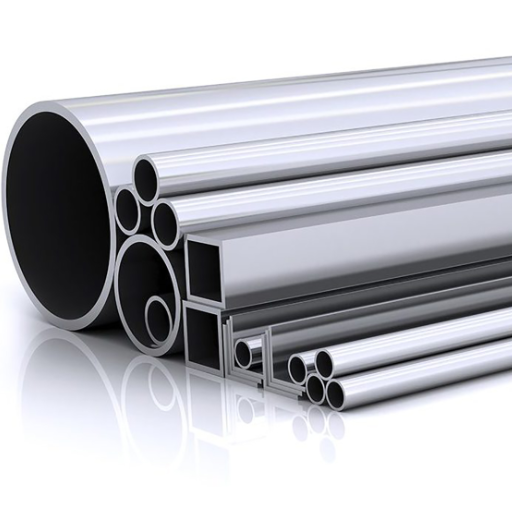
Properties of 304 Stainless Steel
304 stainless steel is an Austenitic chromium-nickel alloy famous for its outstanding anti-corrosion properties and wide use in many fields. Its features arise in part due to the alloy’s composition of eighteen to twenty percent chromium and eight to ten and a half percent nickel, which supplies an adequate amount of strength alongside weldability. Further, the addition of chromium allows for a greater ability to form passive oxide layers, thus aiding in its oxidation in atmospheric and other mild corrosive environments.
Chromium also improves the alloy’s non-magnetic properties, which aids in its state endurance while toughening the material, making it even more durable at cryogenic temperatures. Maintaining these qualities, 304 stainless steel possesses tensile strength of five hundred and fifteen to seven hundred and twenty MPa while providing forty percent elongation at break, assuring a blend of ductility and strength. Alongside these features, the alloy possesses an approximate melting point of fourteen hundred to fourteen hundred and forty-five degrees Celsius, aiding in withstanding high thermal exposure.
The alloy’s capabilities also include superior machinability and formability, which aid in fabrication works such as deep drawing, bending, and welding. Moreover, the chloride environment, along with stress corrosion cracking and pitting, poses no threat to the material, where these properties make the alloy usable for extreme conditions. These mechanical and chemical properties combined make the alloy and the material useful and versatile in many operations.
Common Uses in Kitchen Equipment and Food Processing
In the food processing industry, as well as for kitchen equipment, 304 grade stainless steel is commonly used because of its food safety, ease of cleaning, and corrosion resistance.
- Cookware (Pots, Pans, and Utensils): 304 stainless steel is used for the construction of pots, pans, utensils, and a variety of other cookware. Stainless steel’s ability to withstand high temperatures and nonreactive surface ensures that food maintains its flavor and quality. It can also withstand repeated and long-term use because of its durability.
- Food Preparation Tables and Counters: Unlike many other materials, food-grade 304 stainless steel has no seams that would permit bacteria to build up on the surface of a table or counter. Therefore, it makes an entire surface that enables it to be thoroughly cleaned. A kitchen or food center dealing with large-scale food operations needs this degree of hygiene; thus, it can confidently be said that 304 grade stainless steel is the only feasible option.
- Sinks and Dishwashing Equipment: Dishwashing equipment, like sinks, is made using 304 grade stainless steel because of its superior resistance to water and detergents. With Stainless steel’s anti-corrosive nature, it can withstand even constant exposure to moisture and harsh cleaning agents used in high-volume operations.
- Storage Tanks and Containers: For the construction of storage containers of liquids (like milk and other beverages), 304 stainless steel is frequently utilized. Its chemical composition does not allow alteration of the stored products, which makes it very suitable for processing food and beverages.
- Processing Equipment (Mixers, Blenders, and Conveyors): 304 stainless steel is also used in industrial food processing equipment like mixers, blenders, and conveyors because of its strength and its resistance to harsh cleaning chemicals. It enables safe and sanitary food-grade operations while standing up to rigorous, continuous use.
Together with its corrosion resistance, compliance with food safety standards such as FDA and NSF, 304 stainless steel is vital in the kitchen and food industry.
Why It’s Widely Used
In my view, the prominent application of uses of 304 stainless steel is because of its broad, unique combination of strength, resistance to corrosion, and hygiene. It is constructed to endure contact with acidic food, extremes in heat, and abrasive cleaning with potent chemicals. This makes it important in hygiene-sensitive and longevity-demanding industries.
Additionally, 304 stainless steel helps to save on costs without sacrificing effectiveness. Its lower value than higher grades like 316 stainless steel allows for optimization of production costs while observing set quality and safety standards. Cost-effective savings achieved without sacrificing quality make it easier for manufacturers. Being malleable, it is easy to fabricate complex machinery or equipment, which increases its versatility for industrial applications.
Its availability in many places within the world, coupled with a reputation for reliability, makes it practical. From large-scale food processing to commercial kitchens, 304 stainless steel meets industry standards. Resulting from its proven usage and compliance with regulatory standards, the metal has become increasingly popular as a long-lasting material of choice across many different platforms.
Key Differences Between 304 and 316 Stainless Steel

Comparing Corrosion Resistance
While 304 stainless steel is corrosion resistant in most environments, 316 stainless steel is superior because of its added molybdenum, which improves resistance to chlorides and acids. 31,6 as such, is better suited for marine and chemical applications.
| Aspect | 304 Stainless Steel | 316 Stainless Steel |
|---|---|---|
|
Rust Resistance |
Good |
Superior |
|
Salt Tolerance |
Moderate |
Excellent |
|
Acid Handling |
Limited |
High |
|
Expense |
Lower |
Higher |
|
Usage |
General |
Marine/Chemical |
|
Moly Content |
None |
2-3% |
|
Strength |
Standard |
Enhanced |
Role of Molybdenum in 316
Molybdenum is a very important alloying element in 316 stainless steel as it improves the alloy’s properties and prolongs its use in more demanding settings. Its addition at 2‐3% concentration improves the strength of the alloy and increases its resistance to diverse chemical and mechanical destruction. The following are five contributions of molybdenum in 316 stainless steel in detail:
- Greater Resistance to Corrosion
Molybdenum offers greater protection against localized corrosion, most notably in chloride-rich regions, which include seawater or chemical processing plants. Molybdenum serves to enhance pitting corrosion, which is a prevalent problem in such environments.
- Increased Resistance to Crevice Corrosion
The addition of molybdenum greatly diminishes the vulnerability to crevice corrosion in confined spaces or areas with stagnant solutions, assuring reliability over time.
- Strength at Higher Temperatures
Molybdenum strengthens the 316 stainless steel at heightened temperatures, making it more ideal for use where structural strength is needed in high-heat situations.
- Stability of Uniform Oxide Film
Molybdenum aids the material from being oxidized, thus enhancing the protection layer on the surface, as well as allowing damage to the oxide film to be self-repaired due to corrosion-resistant forces provided by the oxide film.
- Molecular Breakdown of Critical Chemistries
The addition of molybdenum improves an alloy’s resistance to the exposure of severe corrosive chemicals, especially acids or reducing agents, thus increasing its applicability in chemical processing and storage.
Such characteristics enhance the reliability of 316 stainless steel while simultaneously expanding its use in marine engineering and chemical processing, including exchangers. With proper formulation selection containing molybdenum with adequate shielding diodes, longevity and durability are met.
Exploring the Corrosion Resistance of 316 Stainless Steel
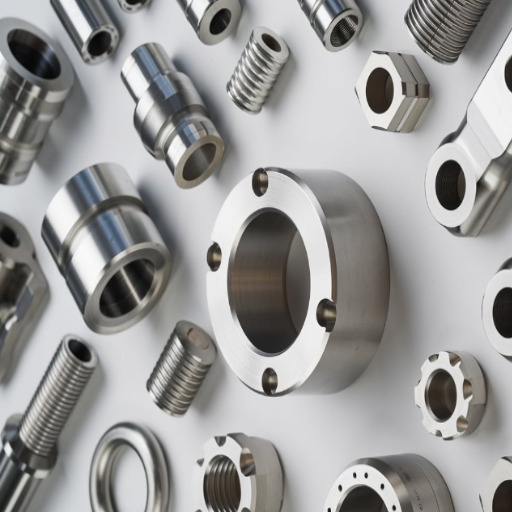
The Superior Corrosion Resistance of 316
The unprecedented chemical composition comprising 16-18% chromium, 10-14% nickel, and 2-3% molybdenum is responsible for the astounding corrosion resistance of 316 stainless steel. This alloy mitigates pitting and crevice corrosion more effectively than other alloys, particularly in chloride environments like brine and seawater. Molybdenum enhances the steel’s passive layer, which serves as a protective barrier against corrosive agents, thus greatly improving the durability of the steel.
The enhanced formulation of 316 stainless steel improves its resilience relative to the typical 304 stainless steel, particularly in hostile environments. This grade of steel is particularly suited for prolonged use in aggressive chemicals, saline solutions, and extreme temperatures. As a result, 316 is often used in desalination plants and offshore oil and gas platforms due to its exceptional localized corrosion resistance, prolonging the lifetime of used equipment.
316 stainless steel is proven to have a lower corrosion current density than standard grade stainless steels, indicating better performance in terms of corrosion resistance. It can, therefore, be used in crucial environments that necessitate reliability and durability. Ensuring effective surface treatments, such as passivation, further reinforces and maintains these alloys’ corrosion resistance, allowing for the achievement of optimal performance.
Impact of Chloride Exposure
The implications of chloride seawater exposure for the integrity of both the performance and structure of stainless steel, alloy grade 316, are critical. The localized forms of corrosion that chlorides in seawater, de-icing salts, and industrial environments tend to escalate include pitting and crevice corrosion. These localized damages, integrated with high-stress or high-temperature contexts, mitigate the service life and reliability of the stainless steel.
- Pitting Corrosion
The passive layer of stainless steel is disrupted by chlorides, resulting in the formation of small, localized pits that penetrate the material. 316 stainless steel is known to demonstrate a pitting resistance equivalent number (PREN) of ~24. This is higher than grade 304, but in chloride-containing environments greater than 200 ppm, 316 grade could also suffer.
- Crevice Corrosion
Aggressive attack under low oxygen conditions within crevices can be caused by chlorides. Research shows that stagnation and acidic conditions combine with 100 ppm chloride concentration to trigger crevice corrosion.
- Stress Corrosion Cracking (SCC)
Chloride ions above 140°F (60°C) can lead to SCC in alloys of higher susceptibility. Stress SCC susceptible 316 stainless steel is known to surpass around 1,000 ppm chloride concentration while under tensile stress.
- Weakening of Passivation
Exceeding electrochemical potency levels in chloride-containing solutions displaying polarization resistance lower than 400 ppm chlorides contributes to both passive layer and brute force pitting. EIS confirmed the drop in polarization resistance within baseline conditions.
- Increased Surface Roughness
The increase in functional surface precision and usability is negatively proportionate to chloride pitting and corrosion. Measurements of a 30-50% increase in Ra value post 10,000hrs immersion in 3.5% NaCl solution showcase the increase in chloride corrosion-induced roughness.
As supported by these findings, refinement of design and selection of materials for use in maintenance-friendly constructions is fundamentally important in ensuring long-term reliability and safety in conditions rich in chloride.
The Difference Between 304 and 316 in Terms of Cost
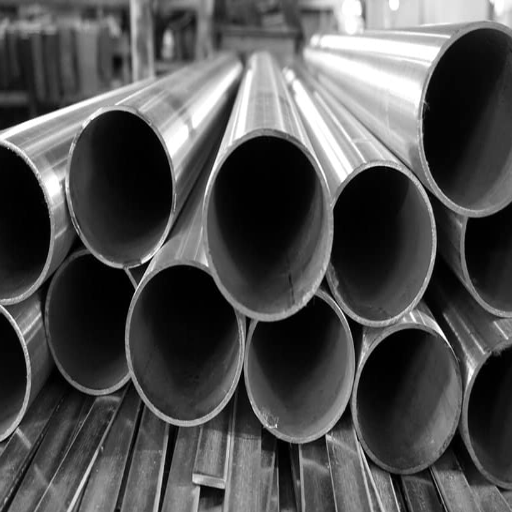
Why 316 is More Expensive than 304
The difference in price between 316 and 304 stainless steel stems from their molybdenum content and their chemical composition. Molybdenum, which occurs as a rare and expensive commodity, raises the market cost of 316 stainless steel when compared to 304. This is due to the key alloying component that typically makes up 2-3% of grade 316, which increases corrosion resistance, especially in chloride-rich surroundings.
In addition to this, the complex alloying requirements for 316 stainless steel make it more resource-demanding in terms of production. This involves other processes that add steps requiring accurate compositional precision, which lowers efficiency while raising expenses. With increased costs, 316 does offer superior material properties in greater strength at high temperature, as well as a greater rate of resistance to corrosion and pitting. These features, alongside the performance longevity 316 offers, make it more suited for use in the highly demanding marine, chemical processing, and pharmaceutical industries, shifting the focus from initial subsidies to long-term concerns.
The extended service life provided by 316 proves participating in the aggressive replacement and maintenance such environments require drastically lowers the total expenditure, making it the more economical choice, even with its higher price over 304.
Evaluating Cost-Effectiveness for Applications
The selection of materials during engineering design and manufacturing activities and their respective costs are greatly determined by the system’s environmental and operational constraints. Take, for example, stainless steel grades 304 and 316. Their pricing requires further analysis beyond the estimated expenditure for acquiring them. While 3 304 stainless steel is known to be less expensive, it is susceptible to high corrosion conditions, which can threaten maintenance over time. On the other hand, 316 stainless steel is brittle, expanding on account of corrosion, which makes it highly durable in hostile environments such as salt water or excessive industrial processes. Its maintenance-free durability leads to improved longevity of the equipment and decreased operational expenses on top of maintenance costs.
While evaluating cost-effectiveness, it is imperative to focus on a total cost of ownership (TCO) approach instead of only considering upfront material costs. This methodology incorporates elements such as installation, operational performance, maintenance, frequency of repairs, and the expected operational lifetime. For example, applications in the pharmaceutical and petrochemical sectors, which endure persistent exposure to chlorides and high humidity, justify the adoption of 316 stainless steel due to their remarkable cost efficiency over time. This is especially true when the degrading equipment materials pose serious risks for financial and operational losses due to unplanned downtimes. Strategically selected decision norms driven by mechanical load, environmental dynamics, and chemical exposure optimize material selection for the desired long-term performance and budgetary objectives.
Evaluating the cost efficiency of materials requires the incorporation of advanced modeling and simulation tools. These tools aid in predicting the behavior of materials by simulating real-world conditions, including their performance and lifespan across various environments. Engineers and decision makers are better equipped with the necessary information to gauge the environmental impact when combined with economic factors through lifecycle assessments (LCAs). Constructing such methodologies helps achieve recent advances in metallurgy so that the industry can efficiently balance performance and cost. This results in great technical and economic value in highly complex applications.
References
-
Eagle Stainless – “304 vs 316 Stainless Steel – What’s the Difference?”
-
Kloeckner Metals – “Know the Differences Between 304 Stainless Steel vs 316”
-
Ryerson – “304 vs 316 Stainless Steel: What’s the Difference?”
Frequently Asked Questions (FAQ)
Q: What is the main difference between 304 and 316 stainless steel?
A: The main difference between 304 and 316 stainless steel lies in their composition. Type 316 stainless steel contains molybdenum, which makes it much more corrosion resistant than 304. This makes 316 better suited for environments exposed to corrosive elements.
Q: How does the presence of molybdenum in 316 affect its properties?
A: The presence of molybdenum in 316 stainless steel enhances its corrosion resistance, especially against chlorides and other industrial solvents. This makes 316 stainless steel an excellent choice for marine environments and chemical processing applications.
Q: What are the mechanical properties of 304 vs 316 stainless steel?
A: Both 304 and 316 are austenitic stainless steels with similar mechanical properties, including high tensile strength and excellent formability. However, 316 has slightly better strength at higher temperatures and increased corrosion resistance due to its chemical composition.
Q: When should I choose between 304 and 316 stainless steel for my project?
A: Choosing between 304 and 316 stainless steel depends on the environment and application. 304 is suitable for general purposes and offers excellent corrosion resistance in less demanding environments. 316 should be used in harsher environments where superior corrosion resistance is required.
Q: Are there significant price differences between 304 and 316 stainless steel?
A: Yes, there is a price difference between the two grades. 316 stainless steel is generally more expensive than 304 due to the addition of molybdenum, which enhances its corrosion resistance.
Q: What are the typical applications for 304 stainless steel vs 316?
A: 304 stainless steel is commonly used in kitchen equipment, containers, and architectural applications due to its excellent formability and corrosion resistance. 316 is used in more demanding environments such as marine, chemical, and pharmaceutical industries due to its superior corrosion and chemical resistance.
Q: How does the aesthetic appeal of 304 vs 316 stainless steel compare?
A: Both 304 and 316 stainless steels offer a similar aesthetic appeal with a bright, attractive finish. The choice often depends on the application, as 316’s enhanced corrosion resistance can maintain its appearance better in corrosive environments.
Q: What is the significance of chromium and nickel in these stainless steel grades?
A: Chromium and nickel are essential elements in both 304 and 316 stainless steels, contributing to their corrosion resistance and mechanical properties. Chromium provides a protective oxide layer, while nickel enhances the overall strength and toughness.
Q: Can using 316 stainless steel improve durability compared to 304?
A: Yes, using 316 stainless steel can improve durability, especially in environments where exposure to corrosive substances is a concern. Its enhanced resistance to corrosion ensures a longer lifespan for the products made from it.
Q: What are the environmental impacts of using different grades of stainless steel?
A: Stainless steel is highly recyclable, and both 304 and 316 contribute to sustainable practices. The choice between grades impacts the environment only in terms of resource extraction and energy used in production, with 316 having a slightly higher environmental footprint due to molybdenum.

